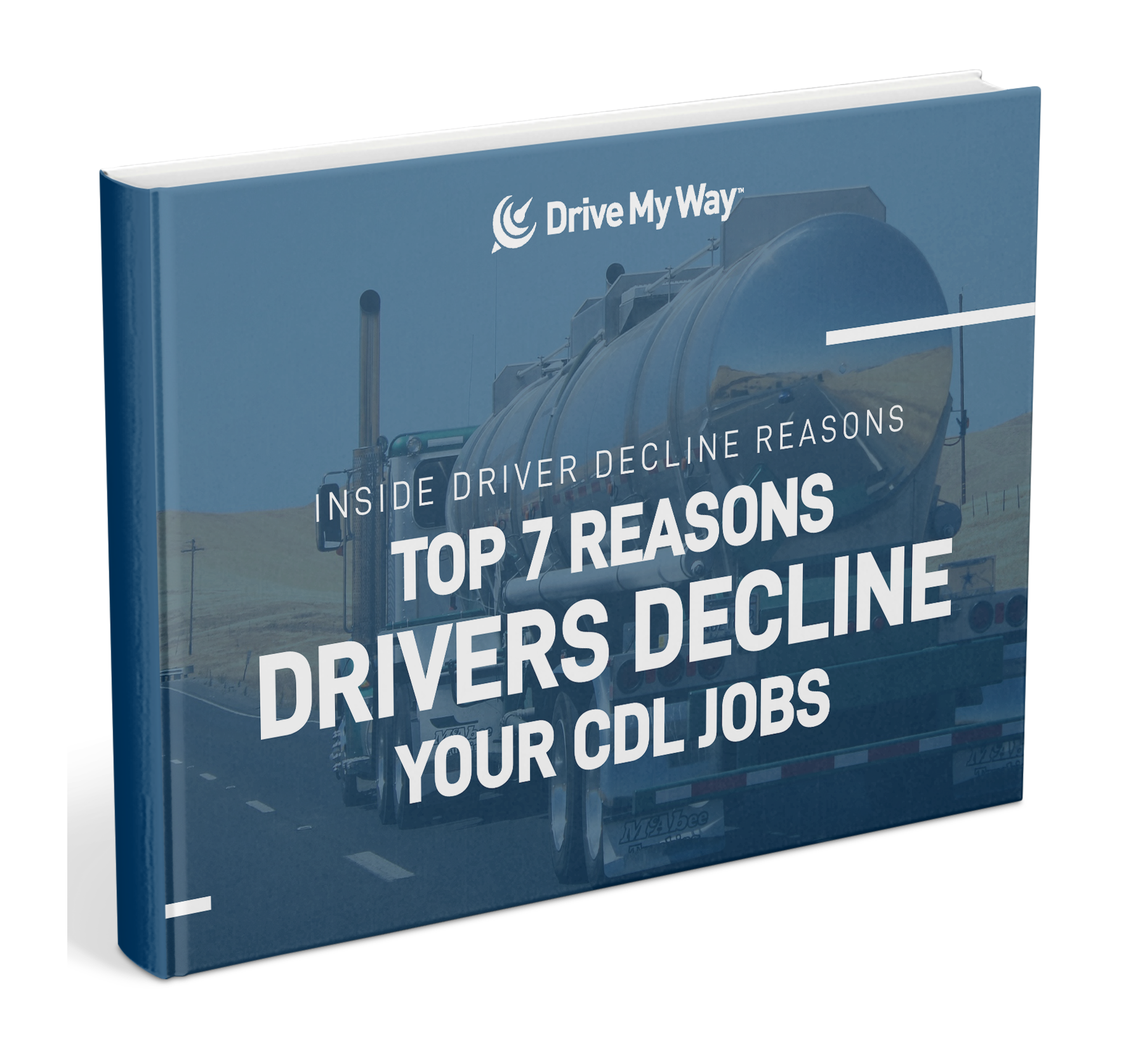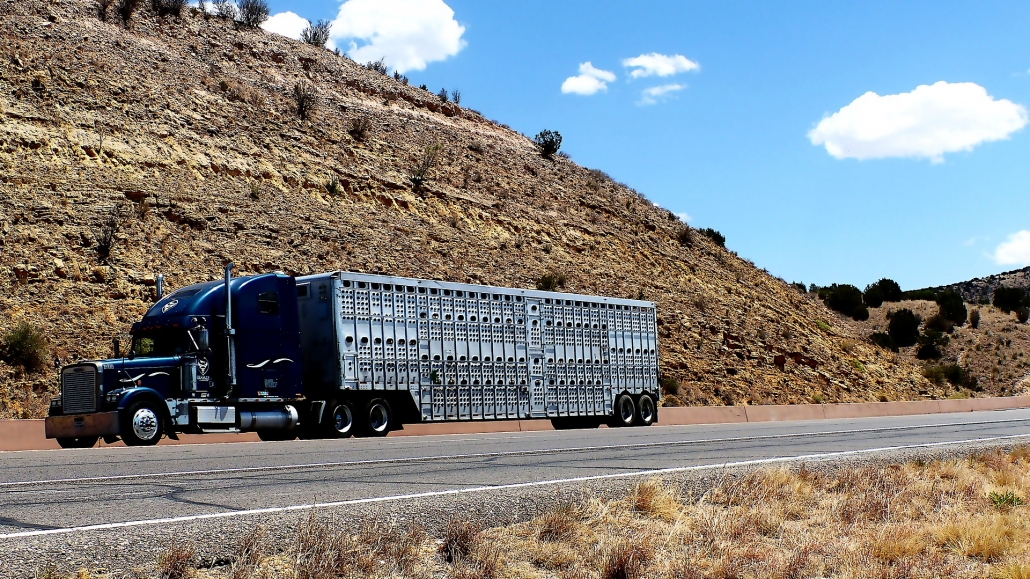
Truck driver safety is of the utmost importance in the trucking industry. Keeping your drivers safe, and your fleets moving are the keys to any successful trucking company. Every trucking company should have a documented driver safety program as a best practice. So whether you’re a company with a great safety history, or a newer carrier just getting things started, here are 4 tips for putting together a successful driver safety program.
1. Make Safety Everyone’s Responsibility
The best way for any carrier to operate is with a comprehensive approach to safety. It’s not the job of the owner or the individual drivers to make sure that safety is a priority. It’s everyone’s responsibility. Safety should be baked into the foundation of the company, and communicated both internally and externally. If not, it’s always going to fall to someone else to take care of it.
Having safety as part of your carrier’s culture is a terrific way to show drivers that you care about them. It can help you attract good drivers, and keep your drivers with you for the long haul.
2. Seat Belt Programs 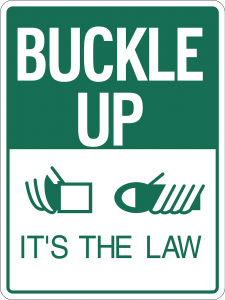
Wearing seat belts is important. Some might say that seat belt wearing is the most important thing all drivers should do to be safe over the road. So making sure that every driver, and passenger in the cab, wears their seat belt is a good idea.
There are seat belt detection options that can pay dividends when utilized. Adding these options to your overall driver safety program can reap great benefits over time.
3. Offer Rewards for Safety
Make sure your drivers have some skin in the game, as the saying goes. If drivers have good safety protocols to follow, give them a reward for doing their part. There are a number of ways for carriers to implement rewards that can help your drivers feel recognized for doing a great job. And these rewards can be as simple or grand as your imagination and budget allow.
Simple things like recognition boards for doing things right daily are a great idea. Or for those drivers that achieve big safety milestones, celebrate those more visibly.
4. Document Your Driver Safety Program
If the driver safety program at your company is not formally compiled and readily available for everyone, it’s not worth very much. Like most HR policies, this one should be written out and distributed to everyone, so that there’s no confusion as to what’s in it, or where employees can find it. Add this program to your formal employee review process. Be clear when communicating changes to the program. This way it’s clear for everyone to know they’ve got the most current version.
Writing your program down avoids confusion. And it ensures that everyone who needs to see it, is able to see it.
Your truck driver safety program can be a foundational part of your culture and the way the you run your company. It can help with both your truck driver recruitment and retention over time. Showing drivers that you care about their safety can make drivers feel like a more valued part of the company. To learn more about retaining your good truck drivers, get the guide below.




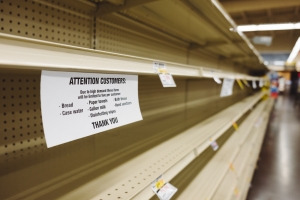 Global
Global 




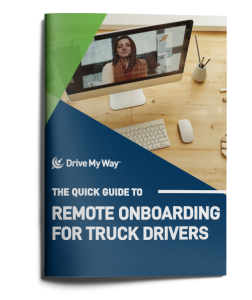



 For companies with a domestic supply chain, the effects of the Coronavirus will be less immediately obvious. That said, they are no less important. National and international markets already are reacting to the pandemic. As a result, we may see economic instability increase in response to the uncertainty. As this reaches individual consumers, demand for non-essential goods may decrease shipping demand.
For companies with a domestic supply chain, the effects of the Coronavirus will be less immediately obvious. That said, they are no less important. National and international markets already are reacting to the pandemic. As a result, we may see economic instability increase in response to the uncertainty. As this reaches individual consumers, demand for non-essential goods may decrease shipping demand.





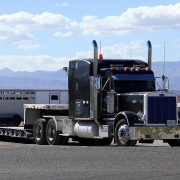 1. Equipment
1. Equipment 3. Health Incentive Programs
3. Health Incentive Programs 5. Professional Development
5. Professional Development